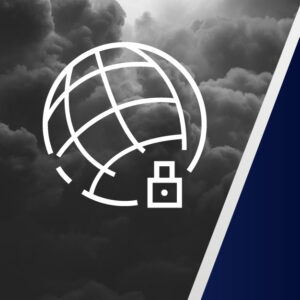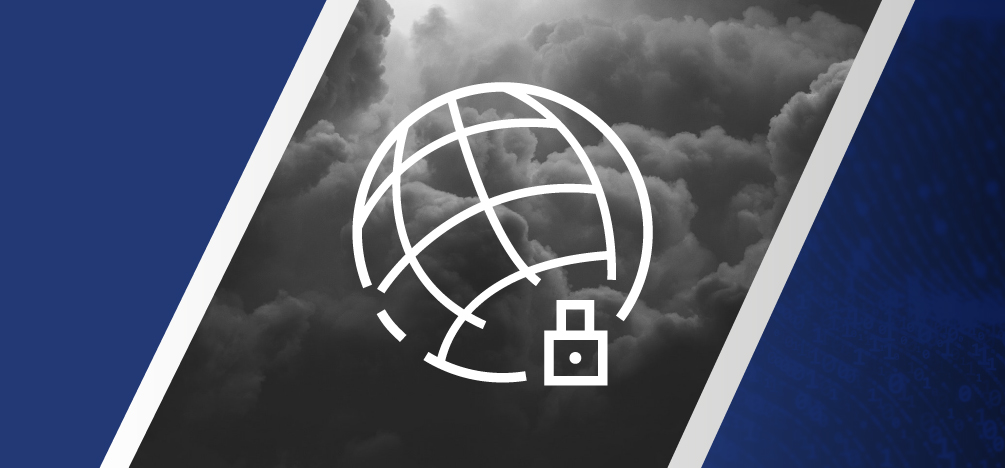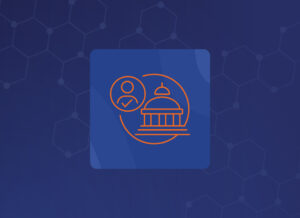The standard for cloud security is continuously being raised as the public sector grows its cybersecurity needs. Due to the recent outages and disruptions from several cloud vendors, government agencies need to expand to a MultiCloud system to have a catalog of clouds for their diverse needs. State and local government agencies can turn to StateRAMP (State Risk and Authorization Management Program) to provide education and cost-effective solutions for verifying cloud security.
Expanding to a MultiCloud System
Moving from a single cloud system to a hybrid or MultiCloud system can be overwhelming and expensive for public sector organizations to tackle alone. That process consists of the agency finding a new cybersecurity policy, finding Third Party Assessing Organization (3PAO) to assess vendors, reviewing the security package to make sure it aligns with the new policy, and finally choosing vendors to work with. StateRAMP works through the process for SLG agencies, verifying the cybersecurity policy, providing an approved list of vendors, and maintaining the list by continuously monitoring those service providers’ products, impact level, provider type, and security status. This allows state and local government agencies to increase operating efficiency through the Authorized Vendor List (AVL) and certified infrastructure-as-a-service (IaaS), platform-as-a-service (PaaS), and software-as-a-service (SaaS) solutions.
 Creating a Cybersecurity Standard on the State Level
Creating a Cybersecurity Standard on the State Level
Every government agency has unique needs when it comes to cybersecurity requirements. Since there is no common standard for state and local governments, they are left with either relying on a contract with the federal government or coming up with their own method. Creating a unique standard requires each agency to secure its own budget, recruit/retain its own experts, and develop its own policies. Outsourcing is the most cost-effective for State and Local Governments that do not possess the infrastructure to execute this process alone. StateRAMP streamlines this process by curating a baseline of cyber assurance and level of trust between the public and private organizations. State and local government agencies can rely on cloud giants because they have an investment in security capabilities and education to know how to assist agencies without large IT departments.
Integration is Essential for Efficiency
Once an agency decides to expand to a hybrid or MultiCloud system, cybersecurity efficiency is increased. State and Local Governments can purchase multiple cloud services to avoid interruptions in day-to-day operations. This also means that states can recover faster and continually scan the backup clouds for performance issues. Agencies can take advantage of having several cloud platforms by strategically placing specific jobs and responsibilities with particular clouds to optimize cybersecurity operations. Integrating cloud platforms in a hybrid or MultiCloud system allows the public sector to align applications to those platforms to increase the functionality and connection of data between them.
MultiCloud Resilience
Like the rest of the world, many agencies are continuing to encourage state and local employees to work from home. Having on and off-premise applications leaves agencies increasingly vulnerable to cybersecurity threats and decreased cloud efficiency. The National Association of State Chief Information Officers (NASCIO) listed cybersecurity and managing third-party risk as their top 2021 priority for the 8th consecutive year.[1] There are many steps to be taken before graduating from a single cloud system; however, agencies need to invest time and resources to keep up with today’s cybersecurity standards. Once prepared, StateRAMP has the resources and knowledge to assist SLG in the fight against cybersecurity attacks.
For more information on StateRAMP’s MultiCloud security approach, visit our StateRAMP resource hub at carah.io/StateRAMP.
[1] “StateRAMP Overview,“ StateRAMP, https://static.carahsoft.com/concrete/files/7116/3249/5033/StateRAMP_Overview_-_Spring_2021.pdf








